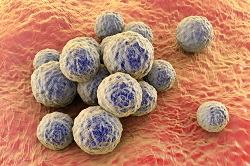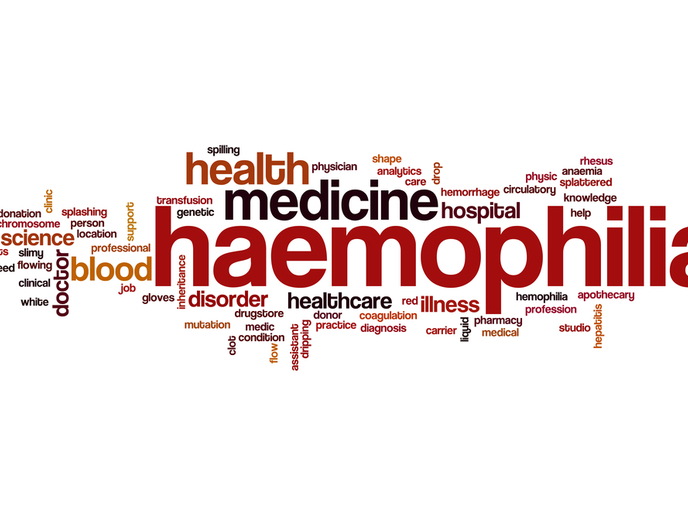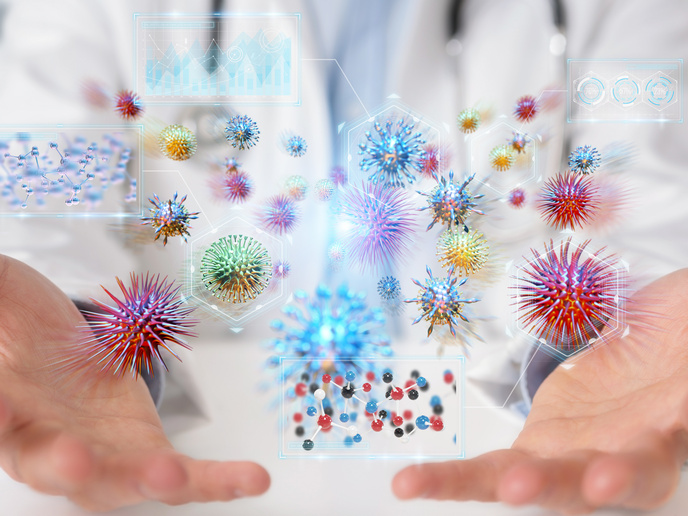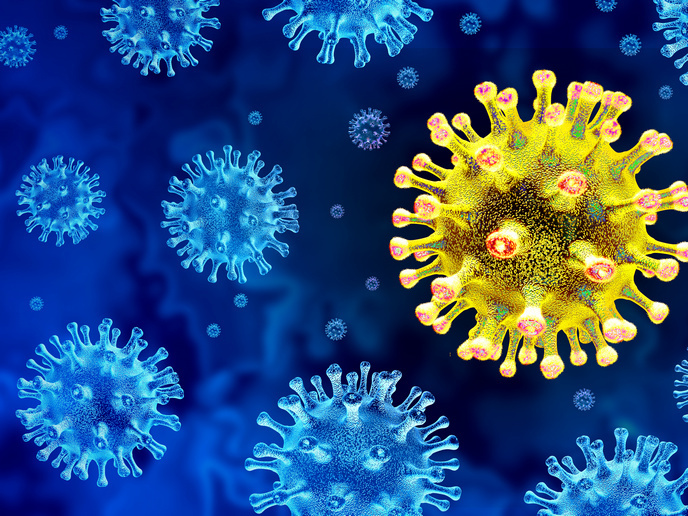New drug can track down MRSA to the farthest reaches
Over the years, staphylococcus aureus – and more specifically its methicillin-resistant form (MRSA) – has become one of the most infamous consequences of hospitalisation. But its community-acquired form (CA-MRSA) has become even more dangerous and virulent, affecting otherwise healthy people notably in North America. Usually the disease remains located on skin and soft tissues. It causes local abscesses that can be treated with the antibiotics that MRSA is still susceptible to – Vancomycin or Rifampicin. However, in some cases, MRSA degenerates into flesh eating disease (necrotising fasciitis) and, when it finally gains access to the bloodstream, disseminates throughout the body. In such scenarios, the mortality rate rises to about 30 %. ‘MRSA is considered as a “super bug” because of its resistance to antibiotics, but I call it that for a different reason: its ability to evade innate immune responses,’ says Dr Bas Surewaard, who coordinated the PSMS-IN-INFLAMMATION (Imaging Innate Immunity of Staphylococcal Infections) project for UMC Utrecht. ‘Staphylococcus has a very impressive arsenal of virulence factors that basically have the potential to evade and/or kill every immune cell in the body. Even when it has been taken up by phagocytes, where most bacteria are easily eradicated, MRSA has multiple mechanisms designed to withstand and even replicate in this harmful environment.’ This means that no vaccine can eradicate MRSA, and that further understanding of its virulent factors is required. Interestingly, only a relative small number of virulence factors have been associated with CA-MRSA. Phenol soluble modulins (PSMs) are one of these, and Dr Surewaard initially aimed to dissect its functions. He did so by using a new state of the art technique called Spinning-disk confocal intravital microscopy (SD-IVM), which can be used to follow in real-time the immune response to bacteria in living, anesthetised mice. ‘This technique is extremely powerful as it combines both the location and the timing of the immune responses in living animals. Unfortunately, our initial objective to investigate the role of PSMs in skin infections was too difficult to pursue by imaging the skin, as collagen and fat prevented us from getting significant data with SD-IVM. Our focus therefore shifted towards the staphylococcal bacteraemia and its impact on the liver,’ Dr Surewaard explains. When injecting MRSA into the bloodstream, Dr Surewaard found that 90 % of the bacteria were captured by a specialised macrophage located in the liver – the Kupffer cell. He therefore focused his research efforts on trying to find out whether these bacteria survive in Kupffer cells or get killed, and what the mechanism behind this is. ‘We found that 90 % of the MRSA ingested by Kupffer cells get cleared within the first eight hours of infection in a reactive oxidant (ROS) dependent manner. However, the other 10 % can withstand the Kupffer cells attack and they start to replicate within them. There, they are protected from last resort antibiotics such as Vancomycin. This could explain why in the clinic patients have to get two-to-six week long Vancomycin treatments, whereas in a test tube the bacteria are killed within hours,’ Dr Surewaard explains. From thereon, he wondered how antibiotics could be delivered into these cells. The solution came from liposomes (lipid droplets) packaged into Vancomycin, which Dr Surewaard named vancosomes. These vancosomes were efficiently taken up by Kupffer cells, killing the MRSA residing in them and preventing the bacteria from spreading to other organs. Whilst the vancosomes are to be considered as a ‘proof of principle’ drug, Dr Surewaard is collaborating with the Centre for Drug Research and Development (CDRD) in Vancouver, Canada to develop and commercialise new liposomal and nanoparticle formulations to deliver antibiotics more efficiently into Kupffer cells. Ultimately, he hopes that his research will cure patients with staphylococcal diseases and convince the scientific community of the existence of MRSA intracellular components and the necessity to eradicate them.
Keywords
PSMS-IN-INFLAMMATION, Kupffer cells, staphylococcus aureus, MRSA, CA-MRSA, methicillin, antibiotics, vancomycin, immune response, phagocytes, PSMs, liver, bacteria







